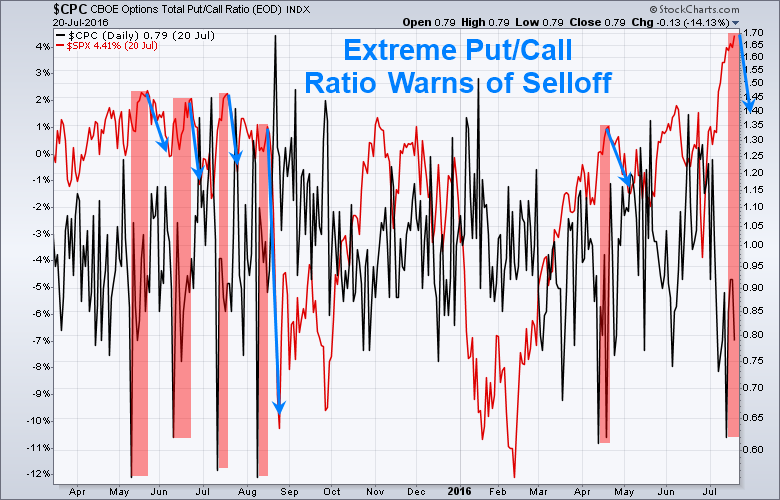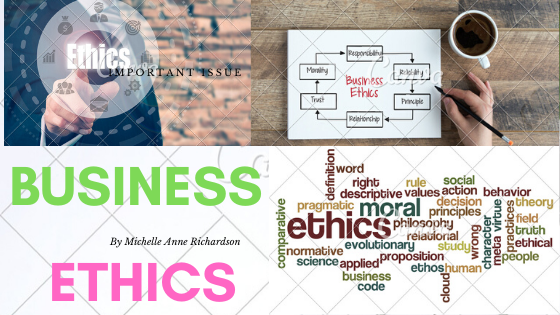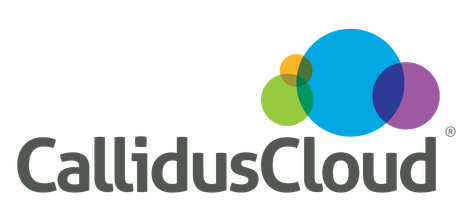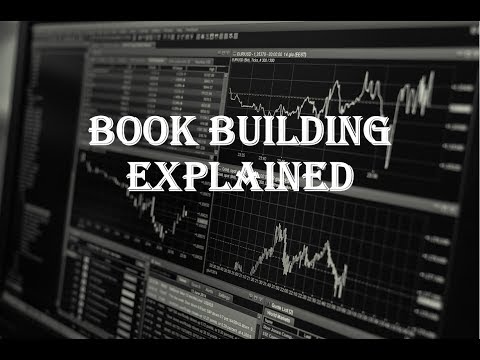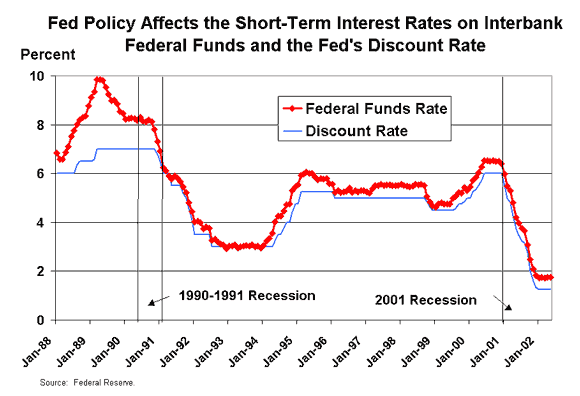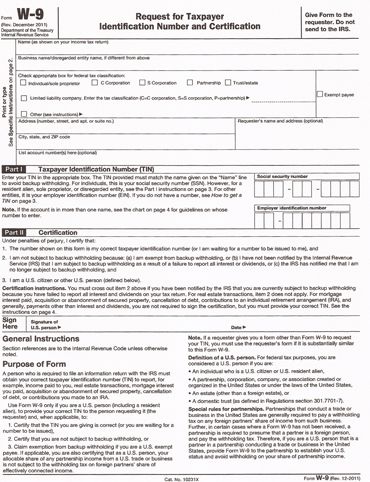Mveda Crypto
Contents

Only downside is that your weekly purchase limit on a Credit Card will be around $750 when you first open your account. The above asset description and pricing data are for informational and educational purposes only. Cryptocurrencies and digital assets are volatile and carry investment risk.

- In addition, it allows patients and medical practitioners to get seamless lending solution for their medical-related financial needs.
- Although Coinbase has both iOS and Android apps, I have found the easiest way to setup your exchange account with them is to use their website.
- Future price of the asset is predicted at $0 (-100% ) after a year according to our prediction system.
- We strive to create an ecosystem where patients are the true owners of their clinical record and can access this information at anytime, anywhere.
With Mveda platform, researches get direct access to patients which not only save them the time and efforts but also help them get their desired data in a cost-effective manner. An ERC-20 compliant token that is deployed the Ethereum blockchain network. Adding MedicalVeda to MetaMask allows you to view your token holdings, trade on decentralized exchanges, and more. You can copy MVEDA’s contract address and import it manually, or if you’ve installed MetaMask’s chrome extension, add MVEDA to MetaMask with one click on CoinGecko. Once you have your trading account setup at one of the exchanges that trades MedicalVeda , you will need to transfer your BTC or ETH from Coinbase to that specific exchange. The current market price of MedicalVeda is updated every 1 minutes and is automatically sourced in USD.
This means that if you invested $100 now, your https://coinbreakingnews.info/ investment may be worth $0 on 2024 February 21, Wednesday. Medicalveda has been showing a declining tendency so we believe that similar market segments were not very popular in the given period. If you have any concerns about the nature, propriety or legality of this token sale or the persons involved in it please contact with detailed information about your concerns. If you think there are issues or problems to be corrected on this content, or if you would like to submit your own ICO project to be listed, Please email us. Because there may be time differences in information updates, accurate information about each ICO project should be verified through its official website or other communication channels.
Medicalveda / USD Forecast, MVEDA price prediction: Buy or sell Medicalveda?
Again, since you will be using your hard earned money to fund your Coinbase account, there are a few more verification steps you need to complete. Using this quick step-by-step guide, you can start buying and investing in MVEDA using major exchanges such as Coinbase and BitMart. Future price of the asset is predicted at $0 (-100% ) after a year according to our prediction system. Medical Veda Airdrop is worth up to 65 MVeda tokens (~$ 10.4). Invite friends to earn 3 MVeda tokens (~$ 0.48) for every referral. The lowest and highest exchange rate for 1 MVEDA, in the last 24 hours was 8.16 and 18.05 accordingly.

From banking and financial institutions and experts from blockchain and fintech.
MedicalVeda mveda Price Prediction
Once your transfer has been confirmed it should show in your exchange’s account and will be immediately ready to be used to buying MedicalVeda . As I mentioned at the beginning of this guide, Coinbase makes it very easy to start investing in cryptocurrency. All you need to do is head over to your BUYS pages and select the currency you wish to purchase. To learn about setting up your bank account with Coinbase, click here. Coinbase does a great job of walking you through this setup as many banks have instant account verification. Please MAKE SURE that the email address you enter is one you have access to and is your most secure email as this is how you will always sign in to your Coinbase account.
MAKE SURE that you are getting the wallet ID for the correct currency you purchased as Coinbase. Bitcoins can only go into Bitcoin wallets, Ethereum can only go into Ethereum wallets. At the exchange where you are wanting to purchase MedicalVeda you will need to get your account’s BTC or ETH wallet ID. On most exchanges you’ll see a DEPOSIT button next to either BTC or ETH.

The token sale or exchange event is entirely unrelated to ICOholder and ICOholder has no involvement in it . Token sales listed from persons that ICOholder has no relationship with are shown only to help customers keep track of the activity taking place within the overall token sector. This information is not intended to amount to advice on which you should rely. You must obtain professional or specialist advice or carry out your own due diligence before taking, or refraining from, any action on the basis of the content on our site.
Medicalveda Price
What I can tell you is that the majority of exchanges that offer investing in MedicalVeda will allow you to purchase using Bitcoin . If you want to fund your account using your Bank Account, your purchased cryptocurrency will not available for trading for 4 to 5 business days. Granted you will have locked in your purchase price at the time of purchase, but this means you won’t be able to easily use your purchase to start buying MedicalVeda . An overview showing the statistics of medicalveda.com, such as the base and quote currency, the rank, and trading volume.

Coinmarketfees.comthat compares transaction fees, withdrawal fees, interest rates on crypto deposits and loans. The absolute theoretical maximum number of coins/tokens that is coded and will ever exist in the cryptocurrency’s lifetime. A blockchain based health portal enabling decentralized database that can be accessed by individuals, clinics, pharma companies. Users are the true and only owners of their data and they can even incentivize their self by exchanging this data. MedicalVeda seeks to address the modern-day challenges faced by the health care industry.
These are the project’s quantitative metrics of its official Twitter account that can be used to trace regular or artificial Social activity & growth within the project. These are the project’s quantitative metrics of its official Telegram account that can be used to trace regular or artificial Social activity & growth within the project. These are the project’s quantitative metrics of its Organizational GitHub Public account that can be used to trace regular or artificial development activity & growth within the project. To check Medicalveda’s price live in the fiat currency of your choice, you can use Crypto.com’s converter feature in the top-right corner of this page. Needs to review the security of your connection before proceeding. Limit price bascially says you want to purchase a certain amount of MedicalVeda at a specific price.
This website includes information about cryptocurrencies, contracts for difference and other financial instruments, and about brokers, exchanges and other entities trading in such instruments. Both cryptocurrencies and CFDs are complex instruments and come with a high risk of losing money. It’s important to note that current Medicalveda market capitalization is $0, and the maximum supply is 88,000,000 MVEDA coins. Tokenizing healthcare by leveraging the power of DeFi and blockchain. Empowering patients by monetize their clinical records, while also offering a DeFi protocol for covering medical-based financial obligations.
If you are planning to trade crypto, please consult a financial adviser. For the last 24 hours, more than 28,784,966.17 MVEDA were exchanged which is equivalent to $24,064.23, it’s traded on 5 exchanges, the top ones are Bitmart, Whitebit, Bithumb Global. A contract address hosts a smart contract, which is a set of code stored on the blockchain that runs when predetermined conditions are met. According to an in-depth review process and testing, Ledger and Trezor are one of the safest and most popular hardware wallet options for keeping Medicalveda. For exclusive discounts and promotions on best crypto wallets, visit Crypto Deal Directory. These are the project’s quantitative metrics of its official Reddit account that can be used to trace regular or artificial Social activity & growth within the project.
Before buying or selling a particular digital asset, you should do your own research and evaluate your risk appetite. Please refer to our Terms of Service and Risk & Compliance Disclosure for further information. We update MedicalVeda forecast regularly with fresh values. We making a forecast of future prices for huge amount of digital coins like MedicalVeda with technical analysis methods. View the total and circulating supply of medicalveda.com, including details on how the supplies are calculated.
Polygon vs. Ethereum: DeFi, NFTs, Gas Fees, and More
These are the project’s quantitative metrics of its official GitHub Public Repositories that can be used to trace regular or artificial development activity, growth & popularity of the project. FDMC is the Market Cap if the Maximum Supply of a coin/token was entirely in circulation. The table above shows the number of days which Medicalveda closed above a certain price level.
You may be interested in these crypto articles
Right now you can buy what will drive the nrg energy inc share price higher at a good number of cryptocurrency exchanges including BitMart. By using this cryptocurrency converter, you can convert MVEDA to USD. It will show you how much 1 MedicalVeda is worth in US Dollar currently. On the contrary, you can convert and find out the current value of 1 US Dollar in MedicalVeda.
This calculation shows how much cryptocurrency can cost if we assume that their capitalization will behave like the capitalization of some Internet companies or technological niches. If you extrapolate the data, you can get a potential picture of the future price for 2022, 2023, 2024, 2025, 2026, and 2027. The quantity of all coins/tokens that have ever been issued , minus all coins/tokens that have been removed from circulation . The Total Supply is similar to stock market’s Outstanding Shares.
Market Capitalization is the overall value of all coins/tokens that have been mined or issued until now and are in circulation . It’s similar to the stock markets’ Free-Float Capitalization. In terms of market cap, Medicalveda is currently ranked #2315 in the Ethereum Tokens sector. Circulating supply shows the number of coins or tokens that have been issued so far.














